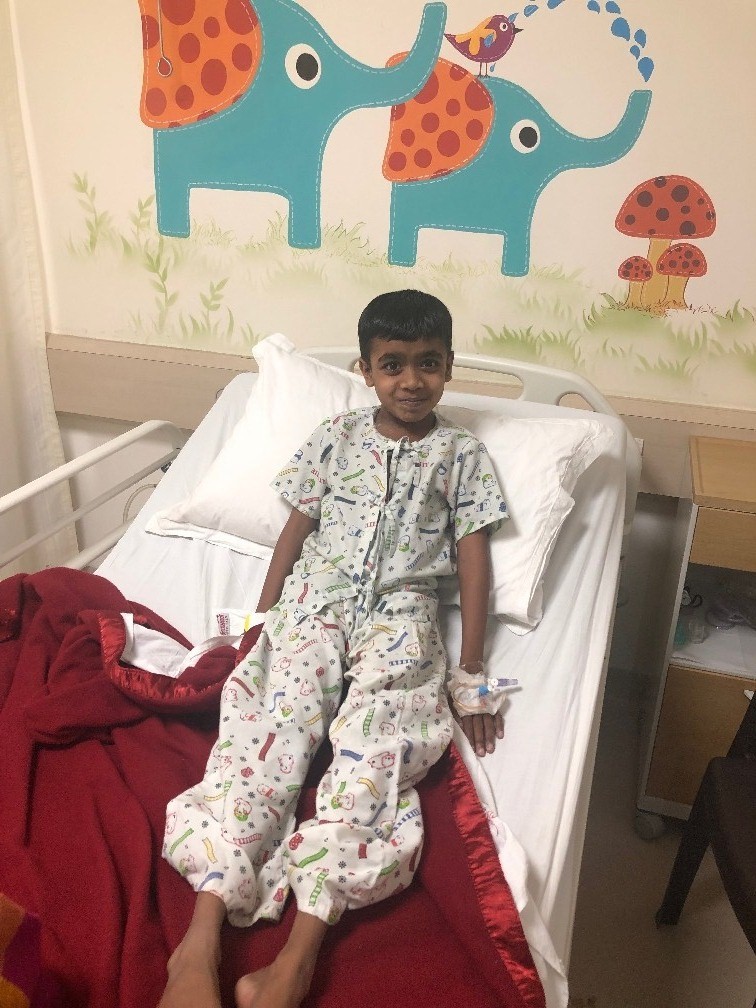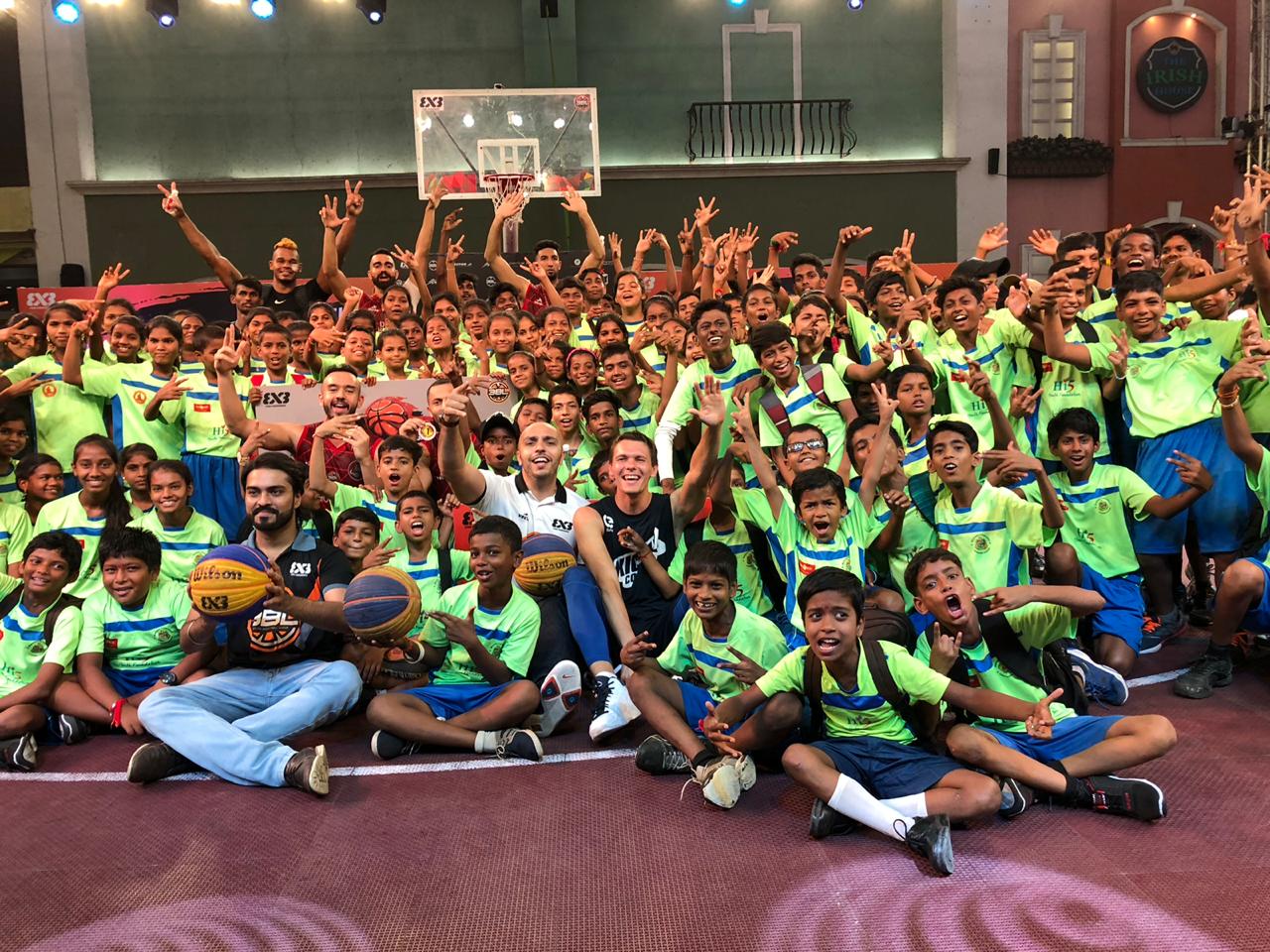s:5696:"
Pediatric cardiac surgery team at Wockhardt Hospital Mumbai Central, Mumbai, led by Dr. Suresh Joshi, Consultant Pediatric Cardiac Surgeon, and Dr. Manish Chokhandre, Interventional Pediatric Cardiologist effectively carried out a complicated procedure on a 9-year-old boy Tejas Ahire from Dhule, Maharashtra, who was suffering from congenital heart disease. Wockhardt Hospital Mumbai Central is one of the first centers in India, to have successfully performed the procedure, (which generally requires 2 operation months apart) by modifying the operation technique at first, stage so that the second stage could be done in the cath lab without surgery. The advantages it offered, straight away negates the need for 2nd operation and complications associated with it reduces the overall hospital stay.
Tejas Ahire weighing 15kg, at the age of 1, was diagnosed with congenital heart disease. He was a blue baby with complaints of breathlessness and no weight gain. through a camp, Dr. Suresh Joshi and team came to know about Tejas’s condition. After evaluation, doctors revealed that Tejas represented with transposition of the great arteries, which occurs during fetal growth when the baby’s heart is developing and the cause of this defect is unknown in most cases. Transposition of the great arteries was also noted which is a serious but rare heart defect present during birth (congenital), in that the two main arteries leaving the heart are reversed (transposed). And this heart defect that requires surgery to correct. Transposition of the great arteries changes the way blood circulates through one’s body, leaving a shortage of oxygen in blood flowing from the heart to the rest of the body. Without an adequate supply of oxygen-rich blood, the body can’t function properly and the child faces serious complications. Furthermore, he also represented with Ventricular Septal Defect (VSD) which is a hole in the wall separating the two lower chambers. It was also observed that the blood flow to his lungs was decreased.
Due to financial constraints, the family could not afford his treatment in childhood itself. The ones with such complex defect usually require surgery in 2 stages – (the first stage is called as a Glenn shunt and the second one is Fontan completion). An intracardiac repair could not be performed because of the complex internal composition of his body. Hence, the only option left was Glenn shunt ( is the second of three congenital heart surgeries performed to correct hypoplastic left heart syndrome (HLHS) and other single ventricle heart defects), followed by a Fontan surgery (is the third stage of the repair. A heart catheterization is done before the Fontan) or Uni-ventricular pathway (which is required in any congenital heart disease). Here, the two vessels carrying impure/deoxygenated blood from the body is surgically attached to arteries going directly to the lung in a staged manner. In the 1st stage, a vessel carrying impure/deoxygenated blood is attached to the lung artery and in the 2nd stage, the vessel (IVC) carrying impure/deoxygenated from the lower half of body is attached surgically via a tube to the artery to lung which leads to draining of whole of the impure blood to lungs for purification/oxygenation and the oxygenated blood is pumped by the heart to the body. It has to be done in a staged manner so that the body adapts to the new circulatory state.
Dr. Suresh Joshi, Consultant Pediatric Cardiac Surgeon, Wockhardt Hospital, Mumbai Central, says “When it comes to Tejas, in a 1st stage itself, we added a tube carrying blood from the lower body to the pulmonary artery, but the communication was closed using a membrane. And the connection is made into the tube so that the deoxygenated blood gets directed to heart only, thereby avoiding sudden flooding of lungs and providing a platform to finish the 2nd stage in cath lab without the need for surgery.”
Six months later in the month of February 2019, the completion of the Fontan was carried out in a cath lab by Dr. Manish Chokhandre, interventional pediatric cardiologist, who perforated the membrane between the tube and pulmonary artery, and balloon dilated the communication and closed the other holes (which was directing blood to the heart) with a device so that the deoxygenated blood from the lower half of the body easily gets directed to the lungs.
Dr. Manish Chokhandre, Pediatric Cardiologist, Wockhardt Hospital, Mumbai Central Says, “There are no such published cases in literature from India, and very few centers from abroad are performing this kind of surgery. This procedure has many benefits. Since there is no need for opening the chest surgically. There is early recovery, reduced hospital stay, less complications, and no post-procedure pain. Not only this, this one is cost effective too.
Tejas’s grandfather whose happiness knows no bounds says, “My grandson has got a new lease of life. I am thankful to the doctors and their team. With the help of new treatment, our stay became less and it is affordable too.”
";


.jpg)